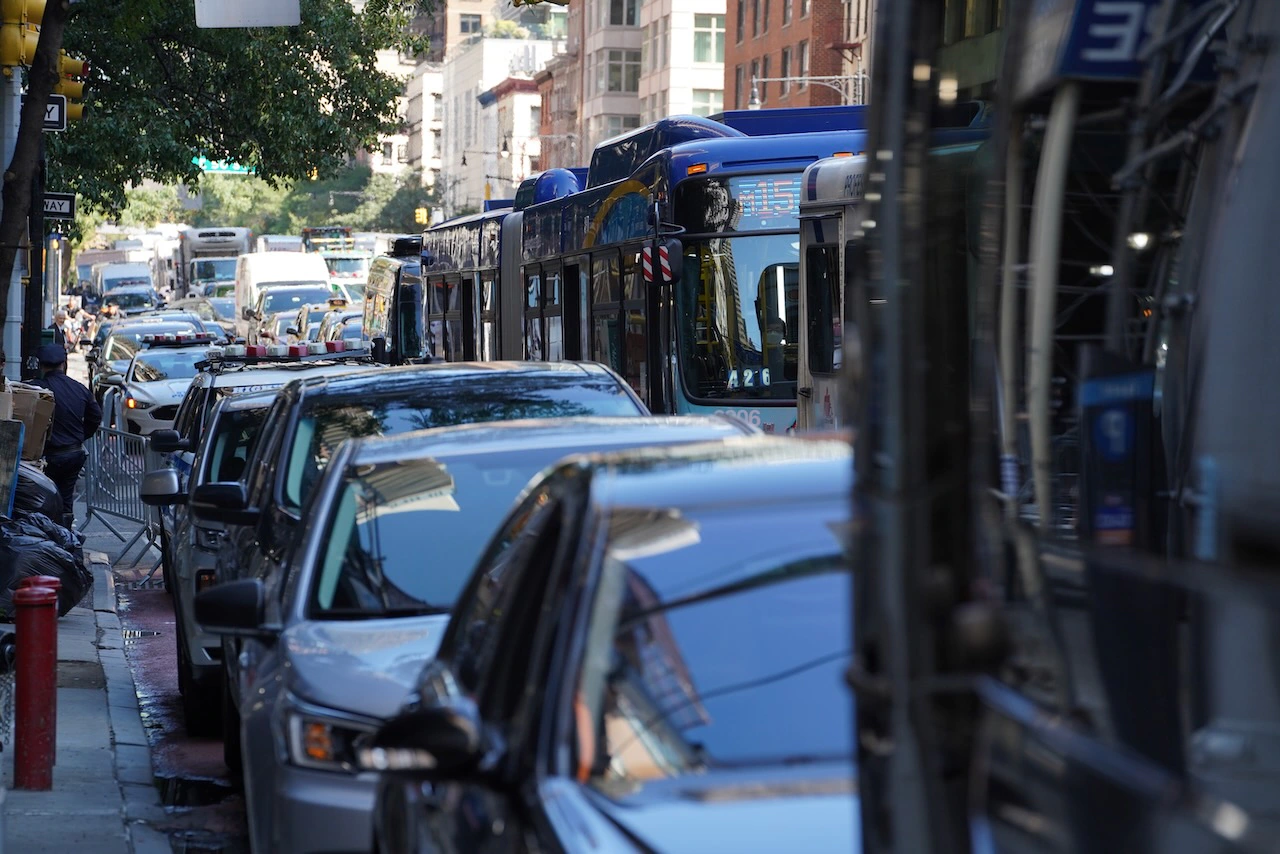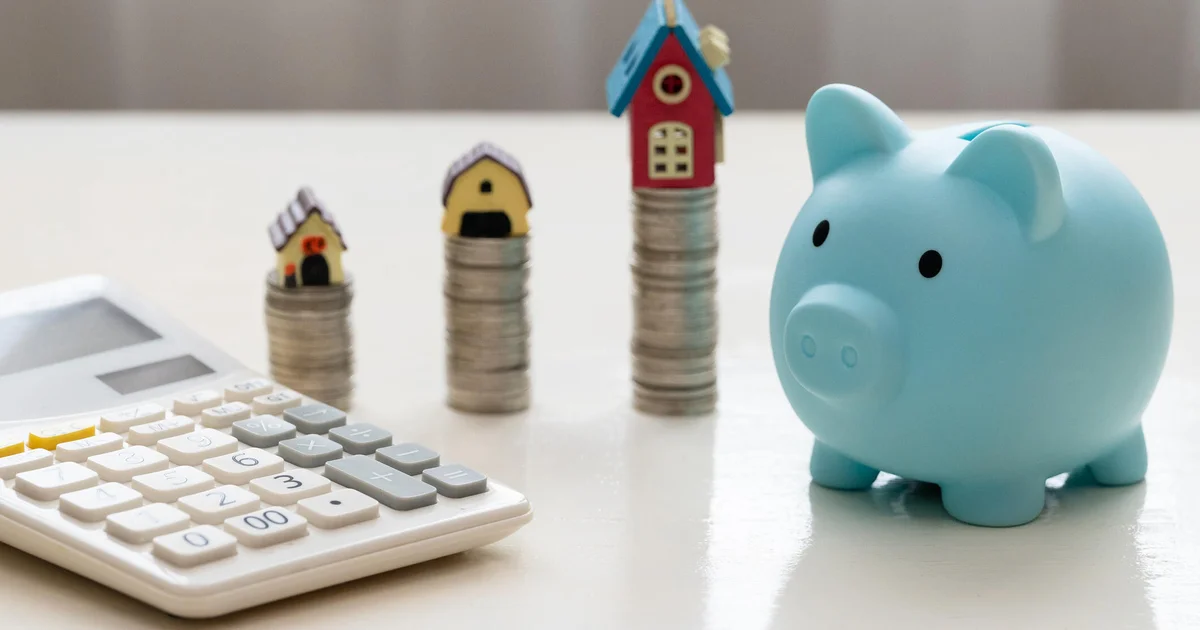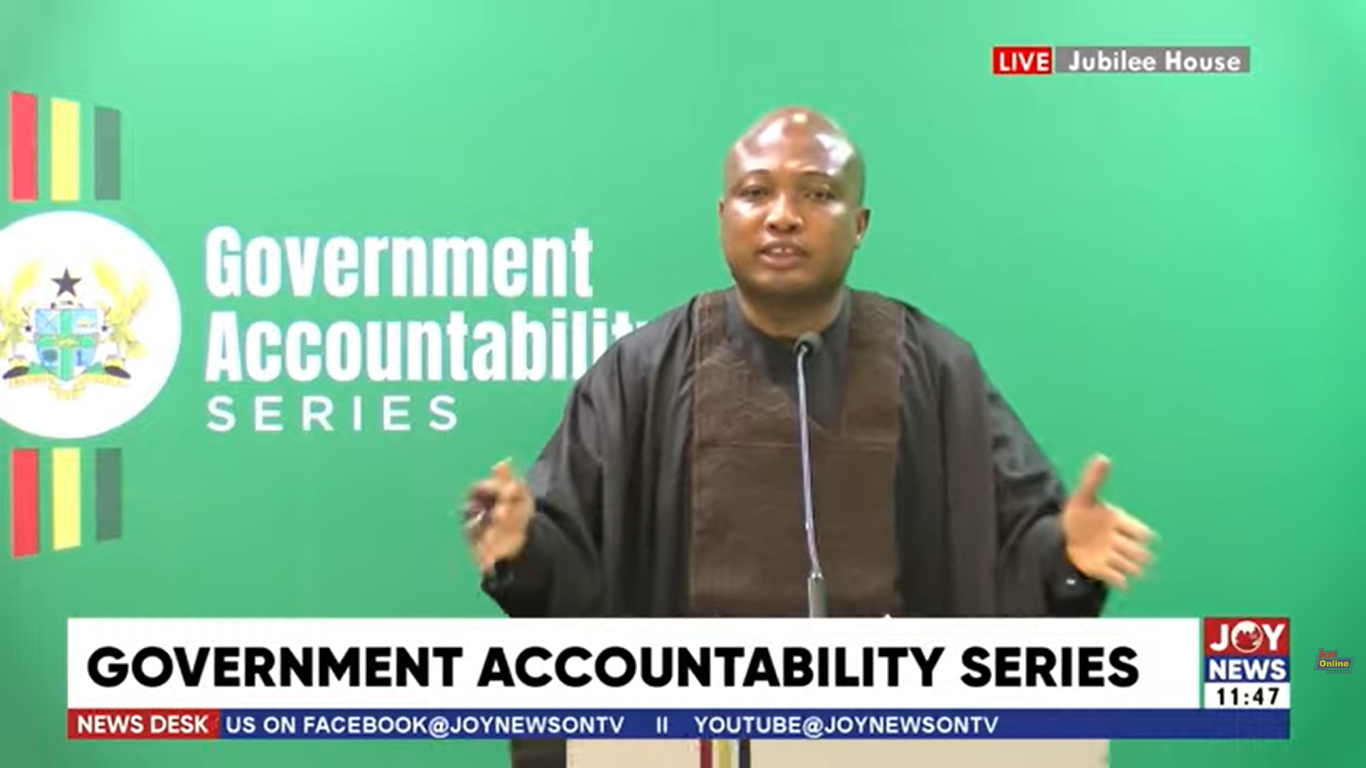
STATEN ISLAND, N.Y. — In spite of a pending deadline, cameras addressing a critical quality of life concern likely won’t be coming to Staten Island any time soon.
While city law mandates that noise cameras are installed in each borough by the end of the month, Staten Island has yet to receive the devices.
Under the law, which was passed in 2023, at least five cameras would be installed in each borough by Sept. 30, 2025 — so long as there was enough funding to do so.
However, as the New York Post recently reported, 12 cameras have rotated through locations in every borough except Staten Island.
When asked, a spokesperson from the city Department of Environmental Protection —the agency that operates the noise camera program — confirmed that Staten Island did not have a noise camera.
Additionally, the spokesperson said that the program will not grow beyond the 12 cameras currently being operated, because of a lack of funding.
“We will not reach 25 cameras by the Sept. 30 date because, as the clause states, that expansion milestone is ‘subject to appropriations,’ and we currently don’t have the funding or staffing to grow the program beyond its current size,” the spokesperson said.
The agency spokesperson also said that there haven’t been many requests for the cameras to be deployed within the borough, although they didn’t rule out the possibility of one eventually getting moved to Staten Island.
Each noise camera —which consists of microphones, a noise meter, fisheye camera and license plate reader — costs around $40,000, according to the DEP.
When asked about the funding limitations for the program, a City Hall spokesperson issued the following statement:
“The Adams administration is committed to improving quality of life for all New Yorkers by creating a calmer, safer, and more livable city. Since its launch in 2022, the Department of Environmental Protection’s Noise Camera Program has rolled out across the city and expanded into additional neighborhoods,” the spokesperson said.
“DEP identifies camera locations based on background noise levels, traffic patterns, and other environmental factors. This data-driven approach helps us address noise pollution and ensure that every neighborhood benefits from a quieter, more peaceful environment,” the statement continued.
Like New York City’s other enforcement cameras, the noise cameras capture a photo of a vehicle’s license plate when the built-in noise meter detects a sound higher than what’s allowed under the city’s noise code limit of 85 decibels.
Afterward, department staff members review what’s captured by the camera and determine if a summons should be issued.
While the cameras initially focused on engine and muffler noise, the DEP said that they now can issue summonses for loud music and horn honking.
Each noise camera violation carries an initial fine of $800, which can reach a maximum of $2,500 for repeat offenses.
Since its inception, the city’s noise camera program has issued 2,037 summonses, totaling $1,794,900 in fines.
The noise camera law was an expansion to a prior DEP pilot program that tested noise cameras in certain problematic parts of the city.
Cameras are placed at certain locations based on the number of reports of excessive noise as long as certain environmental factors are met, like background noise levels and traffic patterns.
Motor vehicle owners who could show a vehicle malfunction triggered the noise camera violation were able to challenge the fine in court.
Under the law, local officials, including borough presidents, council members, and community board members, are able to request noise cameras for specific problem areas, subject to DEP review.
At the time that the law passed, all three of the Island’s council members voted in favor of the bill.
Only one council member voted against the legislation, granting it a veto-proof majority.



